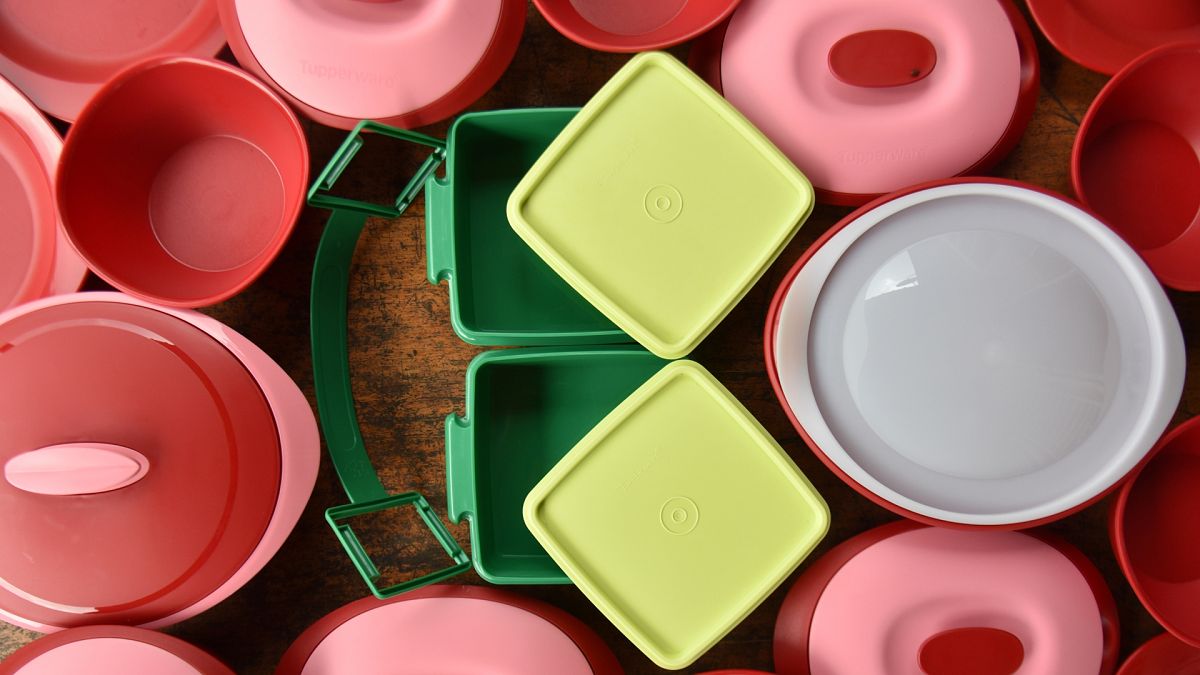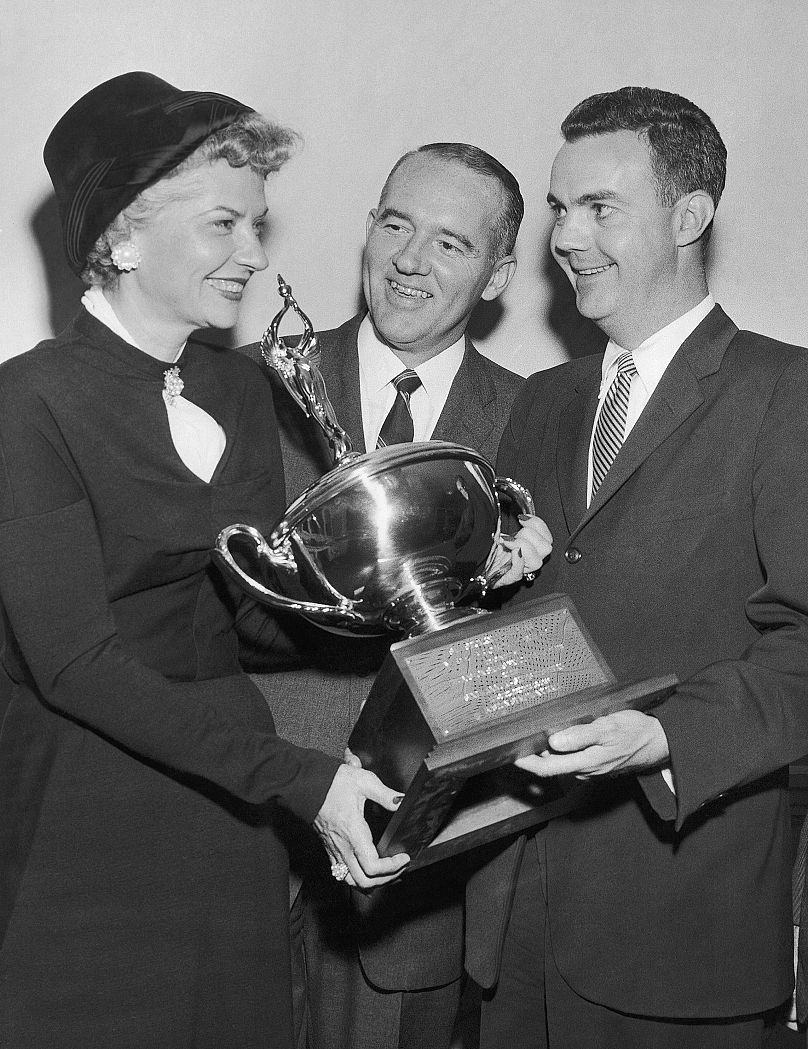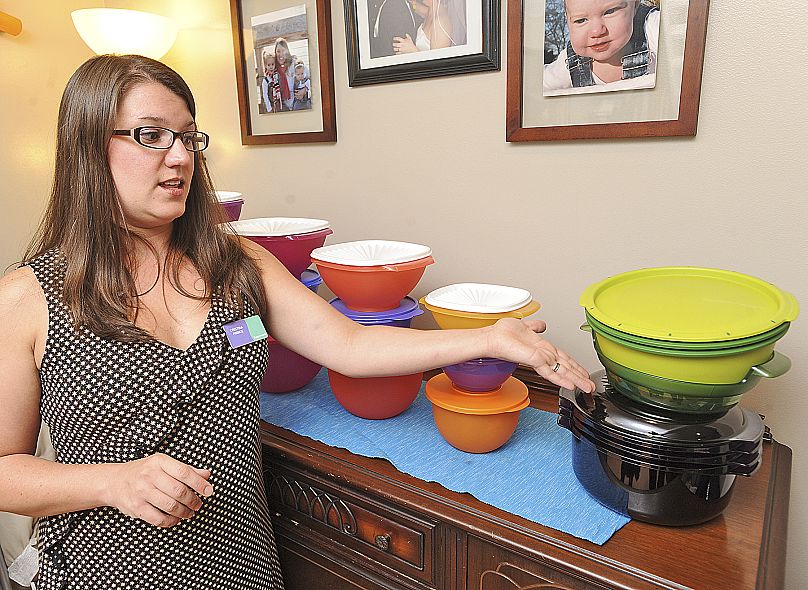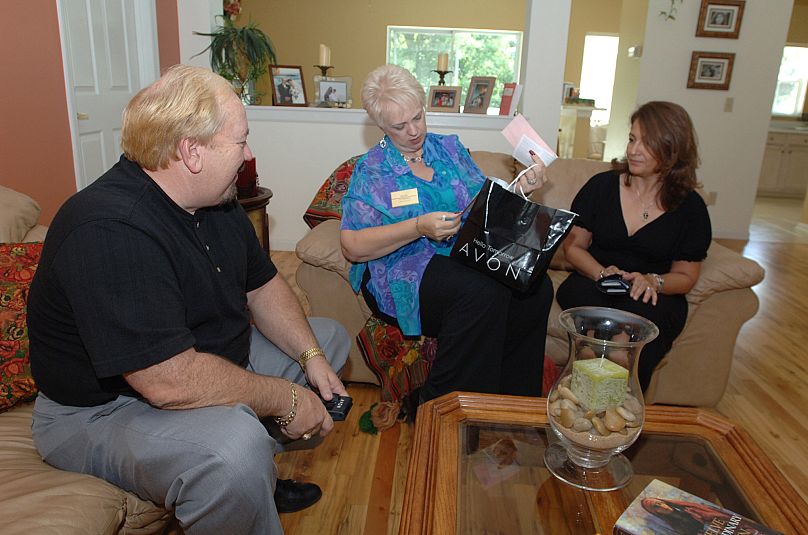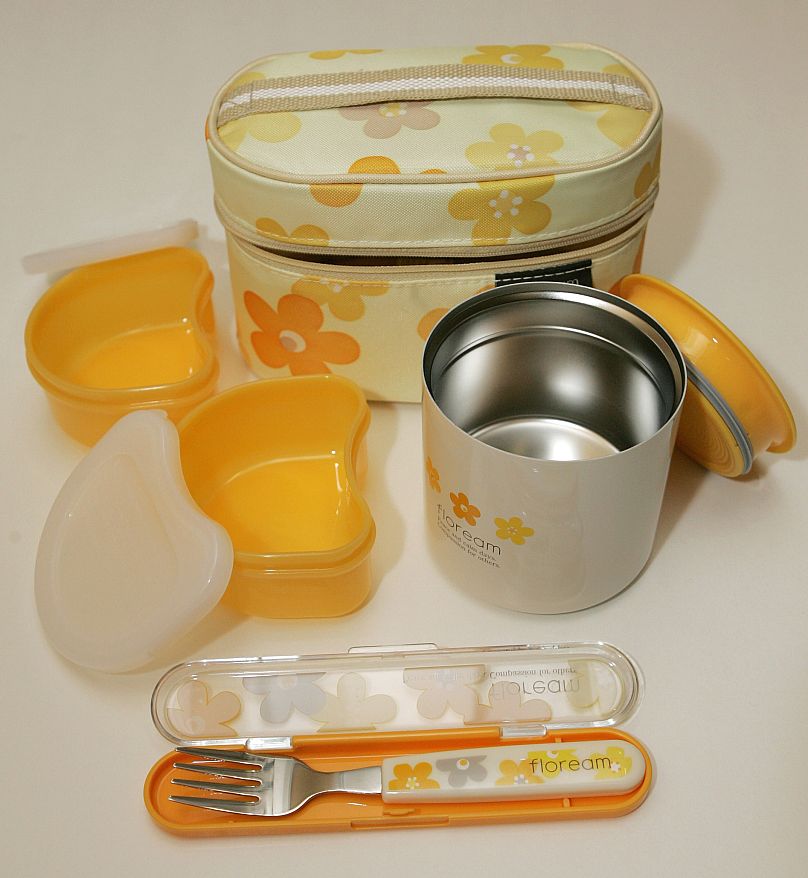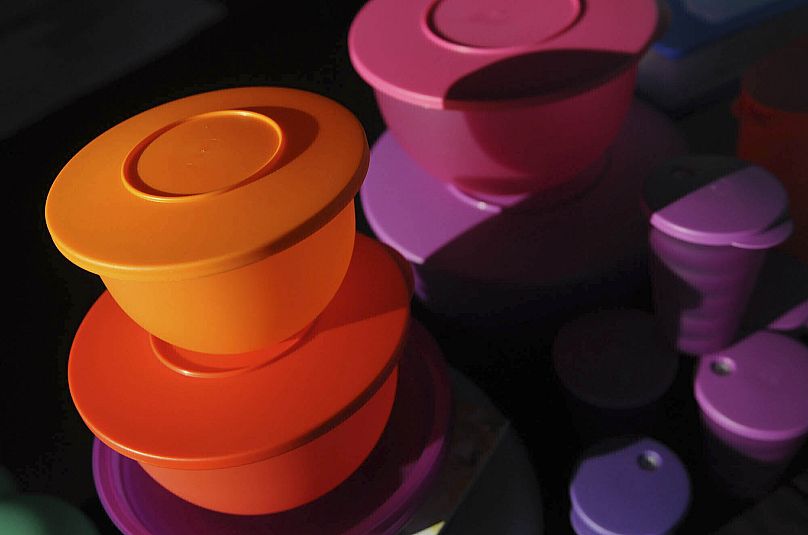With the latest news of Tupperware Brands filing for bankruptcy, we look back at how the container company pioneered practical design and a new marketing model.
Tupperware, the company that became synonymous with all plastic kitchen storage, has filed for bankruptcy in the US. It could be a sad end to a firm with one of the most ubiquitous products of the 20th and 21st century, as Tupperware Brands suffered from low sales and high competition.
The Florida-based outfit said it is seeking Chapter 11 bankruptcy after it was unable to secure a viable takeover option following financial struggles.
Tupperware was founded by Earl Tupper in 1942 who developed his first plastic container and brought it to market in 1946.
The concept blew up through Tupper’s ingenious marketing idea of encouraging 1950s housewives to throw Tupperware Parties to sell the products to their friends and family.
“No Sex, No Sup, Just Tup-Tup-Tup!”
One of the most successful hosts of these parties was Brownie Wise, a divorcee who didn’t just promote the brand but enlisted a sales team to push the products on her behalf.
Wise became vice president of Tupperware Home Parties in 1951 and encouraged Tupper to remove the products from stores entirely. She then created Tupperware Parties Inc and created the slogan “No Sex, No Sup, Just Tup-Tup-Tup!”.
Wise had originally worked for Stanley Home Products, who pioneered the direct sales party plan methodology. It’s a marketing idea that was later adopted by multiple companies such as Avon and Ann Summers to encourage women to sell products such as make-up and sex toys to their personal networks.
Tupperware’s popularity ensured its expansion to Europe and the products soon became a household name across the world.
As a result of its success, the brand became synonymous with all plastic food containers, much in the manner that brands like Kleenex, Xerox, Hoover, Coca-Cola and Velcro became bywords for their most popular products.
However, despite its growing brand name recognition, the direct sales model lost popularity over the 21st century. In 2003, the company closed down its operations in the UK and Ireland due to consumer dissatisfaction with the marketing model.
Sales improved during the Covid-19 pandemic, but it wasn’t enough to save the company.
As consumers started opting for lower cost alternatives, the writing was on the wall for Tupperware. The sad fate of the company was brought on, in part, due to Tupperware’s high quality. Once you bought their products, you likely wouldn’t need to buy more for a long time.
Additionally, a growing public distaste for plastic goods in place of more environmentally friendly materials meant that the higher end market also shifted away from the brand.
Tupperware reported over $1.2 billion (€1.1 billion) in total debts and $679.5 million (€608.2 million) in total assets.












